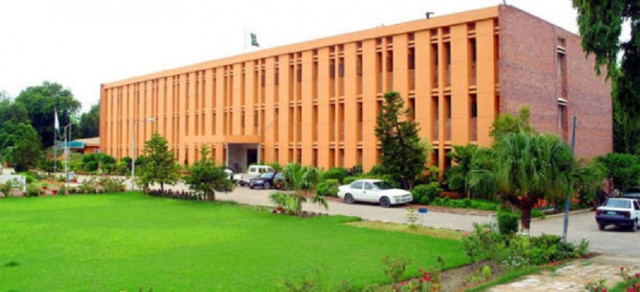Varsity plans to set up bio-saline centre
Around 35% of land in Pakistan is affected by salinity, says SAU vice chancellor

As around 35% of Pakistan's land is affected by salinity, Sindh Agriculture University (SAU) Vice Chancellor Dr Fateh Marri has announced the establishment of a bio-saline centre to develop strategies for adaptation and productive utilisation of saline-stricken land.
He called for adopting innovative approaches to rehabilitating the degraded land to ensure its optimal use for agricultural and environmental sustainability.
Speaking at a project completion report ceremony titled "Adapting to Salinity in the Southern Indus Basin," Marri highlighted the project's achievements, funded by the Australian Centre for International Agricultural Research (ACIAR), an initiative executed in collaboration with local institutions.
Quoting statistics, he said 6.3 million hectares of land in Pakistan suffer from salinity and water-logging, and stressed the need for implementing innovative agricultural practices.
He highlighted a water management plan developed by the university and its partners. The plan includes monitoring water discharge at the head regulators of 14 canals, analysing its use in agriculture, and assessing water productivity.
Faculty of Crop Production Dean Dr Inayatullah Rajper, who is also the project's focal person, explained the experimental work carried out on saline-affected farmland owned by Dr Shakeel Ahmed Chatha near Bulri Shah Karim.
The research involved 26 species of trees and plants, with successful cultivation of Khirol, Chiku, Conocarpus, Sukh Chain, and Eucalyptus. These species have demonstrated the potential to reduce soil salinity, paving the way for the development of forests or orchards on degraded land.
Project's National Coordinator Dr Bakhshal Lashari described the initiative as globally significant, involving over 35 partner institutions. He affirmed that the project's outcomes would be implemented nationally and internationally, which would provide economic and agricultural benefits.



















COMMENTS
Comments are moderated and generally will be posted if they are on-topic and not abusive.
For more information, please see our Comments FAQ